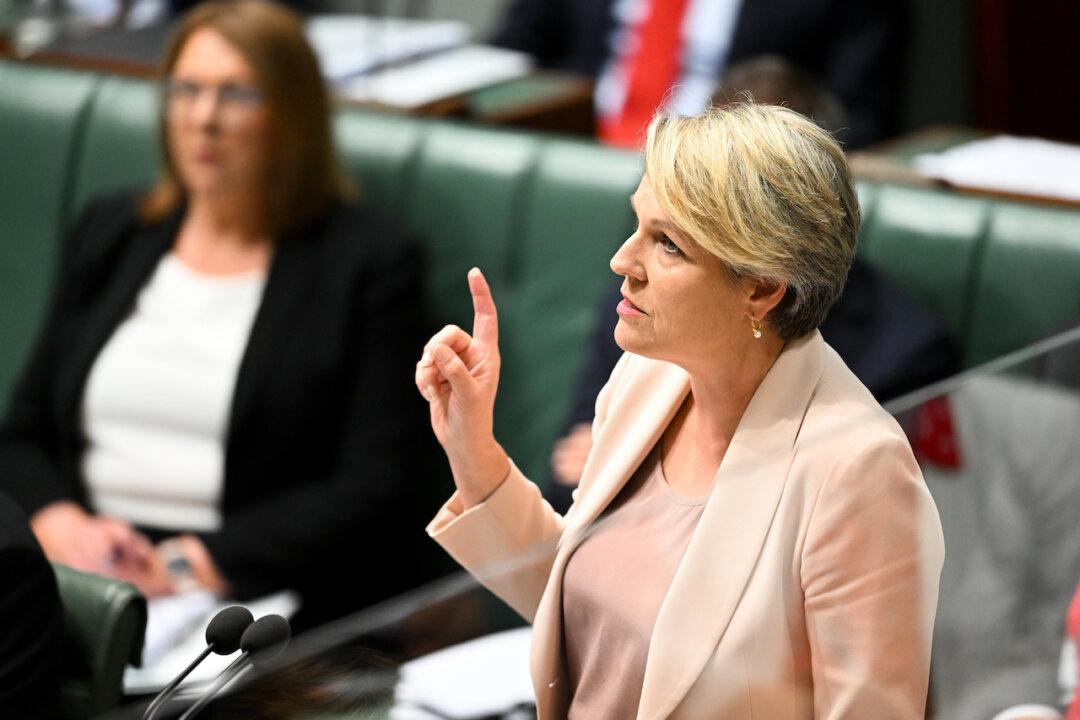Latest figures from the Australian Bureau of Statistics (ABS) have given the Morrison government some good news with new data showing that the economy is slowly recovering from the effects of the CCP virus with the employment rate increasing in July.
According to the ABS 114,700 people returned to work between June and July, with full-time employment increasing by 43,500 people and part-time employment increasing by 71,200 people.




